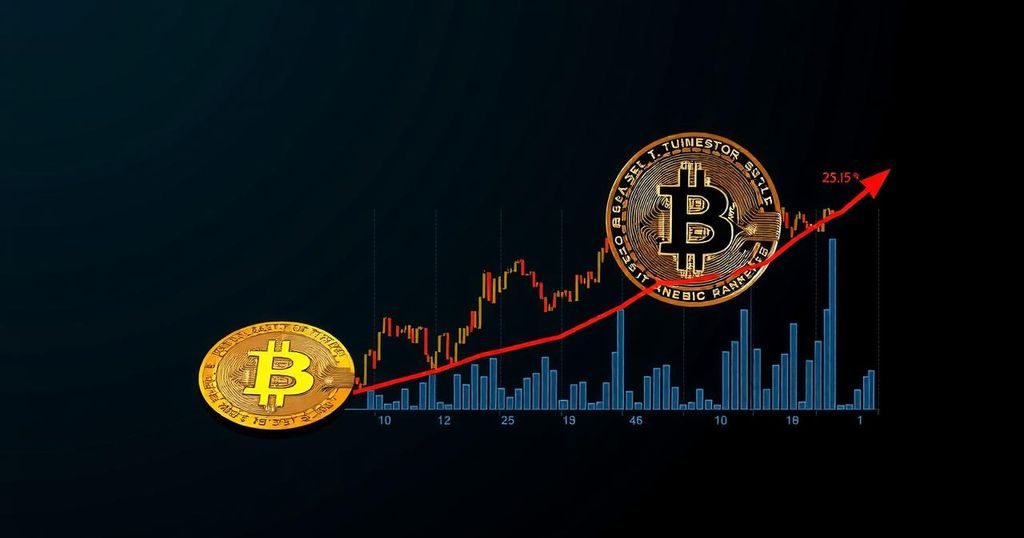Impact of Short-term Holders on Bitcoin Pricing Dynamics
Recent analyses indicate that the behavior of short-term Bitcoin holders significantly influences the price movements of Bitcoin ($BTC), which is often likened to digital gold. While long-term investors are generally believed to benefit more substantially from holding Bitcoin for extended periods, short-term investors engage in trading their assets within shorter timeframes, ranging from a week to up to four months. This trading behavior has introduced volatility into the market, as the act of purchasing Bitcoin tends to elevate its price, whereas selling activities typically result in price declines.
Notably, there has been a marked increase in short-term trading activities since August 2024, with reports indicating that 642,333 Bitcoin tokens have been liquidated by these investors during this timeframe. As of current valuations, Bitcoin is trading at $59,083.45, having experienced a notable 2.89% increase over the past twenty-four hours. Such selling pressure created by short-term holders presents challenges for the market as participants navigate these fluctuations.
The recent bear market, which took hold in mid-August, caused Bitcoin’s price to decline from above $60,000 to as low as $54,000, with the level of $60,000 remaining unbreached. Forecasts suggest a potential recovery, projecting a possible increase of 18.31% to reach $69,874 within the next five days, despite an observed volatility of 3.71%.
Historical data from Glassnode illustrates that the peak of short-term holdings occurred between 2017 and 2018, coinciding with Bitcoin’s ascent towards $40,000. However, this period was shortly followed by a sharp decline in value alongside a reduction in holdings, which eventually stabilized above $2,000 but marked the beginning of a significant downward trend.
Currently, short-term holdings have failed to recover even as Bitcoin prices have shown signs of recovery. Despite these fluctuations, Bitcoin remains on course to challenge the $100,000 mark by year’s end, with projections estimating a potential rise to $82,545 within the next thirty days, signifying a remarkable increase of 39.76%.
Looking forward, it is critical to consider how the market will react to these dynamics in the upcoming days. Should Bitcoin experience upward momentum, there exists the potential for market resilience. Key factors such as the anticipated approval of spot Bitcoin ETFs and the conclusion of the forthcoming United States elections may contribute to a stabilizing effect against the pressures exerted by short-term investors.
Furthermore, some analysts have suggested that low liquidity may be a significant factor impacting Bitcoin’s current pricing structure. As the market evolves, the interplay between short-term and long-term holders will remain a focal point of analysis in the crypto space.








Post Comment